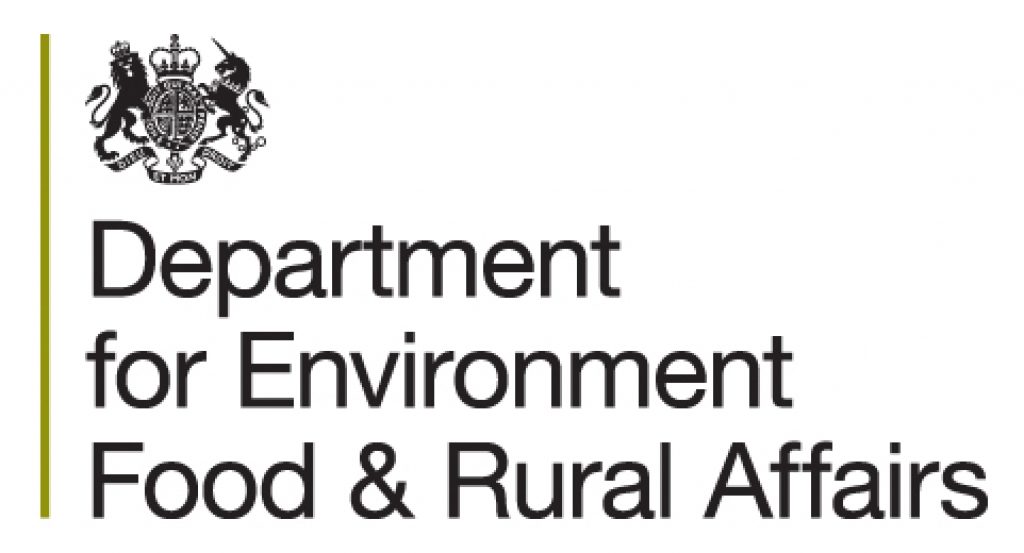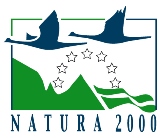What makes a bog bounce?
June 23, 2021
A healthy, un-cut peatbog has an interesting characteristic feature that you are unlikely to find in any other habitat on the planet: it’s surface will ripple like a bouncy castle if you walk on it*.
“Bouncing bogs” are generally associated with a specific type of peatbog called a schwingmoor, or “quaking bog”. They are one of the rarest habitats left and take thousands of years to develop. After the last Ice Age, the receding glaciers formed meres as they melted and filled up patches of low-lying land. Some of the smaller meres made ideal conditions for Sphagnum mosses to grow across their surface. The layer of moss slowly increased in depth to form a floating moss blanket over the mere’s surface, creating ideal conditions for a variety of other acid-loving plants such as sundews. The blanket eventually becomes thick enough for tree seeds to take root and support the weight of of large animals such as deer…and humans (though we don’t recommend that you try it yourself without expert supervision). The lakes lying below the moss are often deeper than you would expect: the schwingmoor bog at Chartley Moss in Staffordshire floats on a lake that is over 6m deep in some sections.
It is only when you wander out onto a floating bog that you realised that it is floating at all. The surface ripples in waves as pressure is applied, creating a bouncing effect that spreads for several metres (see video below for a demonstration).
A bouncy bog is a healthy bog…it is a sign that the bog is holding lots of water, which in turn is allowing Sphagnum mosses to thrive. You can also discover patches of quaking bog around Fenn’s, Whixall and Bettisfield Mosses in sections that have remained in good condition throughout the reserve’s peat cutting years. Unlike a schwingmoor, these little pieces of bouncy bog are solid layers of moss lying on layers of wet peat rather than deep water, but the effect is still the same if you walk on them. There are still examples of schwingmoors across the wider Meres and Mosses landscape, which stretches from Shropshire, into east Wales, Cheshire and Staffordshire.
If you go for a walk around Fenn’s, Whixall and Bettisfield Mosses, always stick to the marked trails as the site is criss-crossed with deep drains and hidden boggy patches several feet deep.
* As much fun as bog bouncing sounds, it can be very dangerous without having knowledge of the depth of water and peat hidden below the surface. It is easy to sink into the bog and risk drowning. Occasionally, organised visits to bouncing bogs are organised by Wildlife Trusts, Natural England and other nature reserve owners, so only walk on a bouncing bog at an organised event led by experts.






